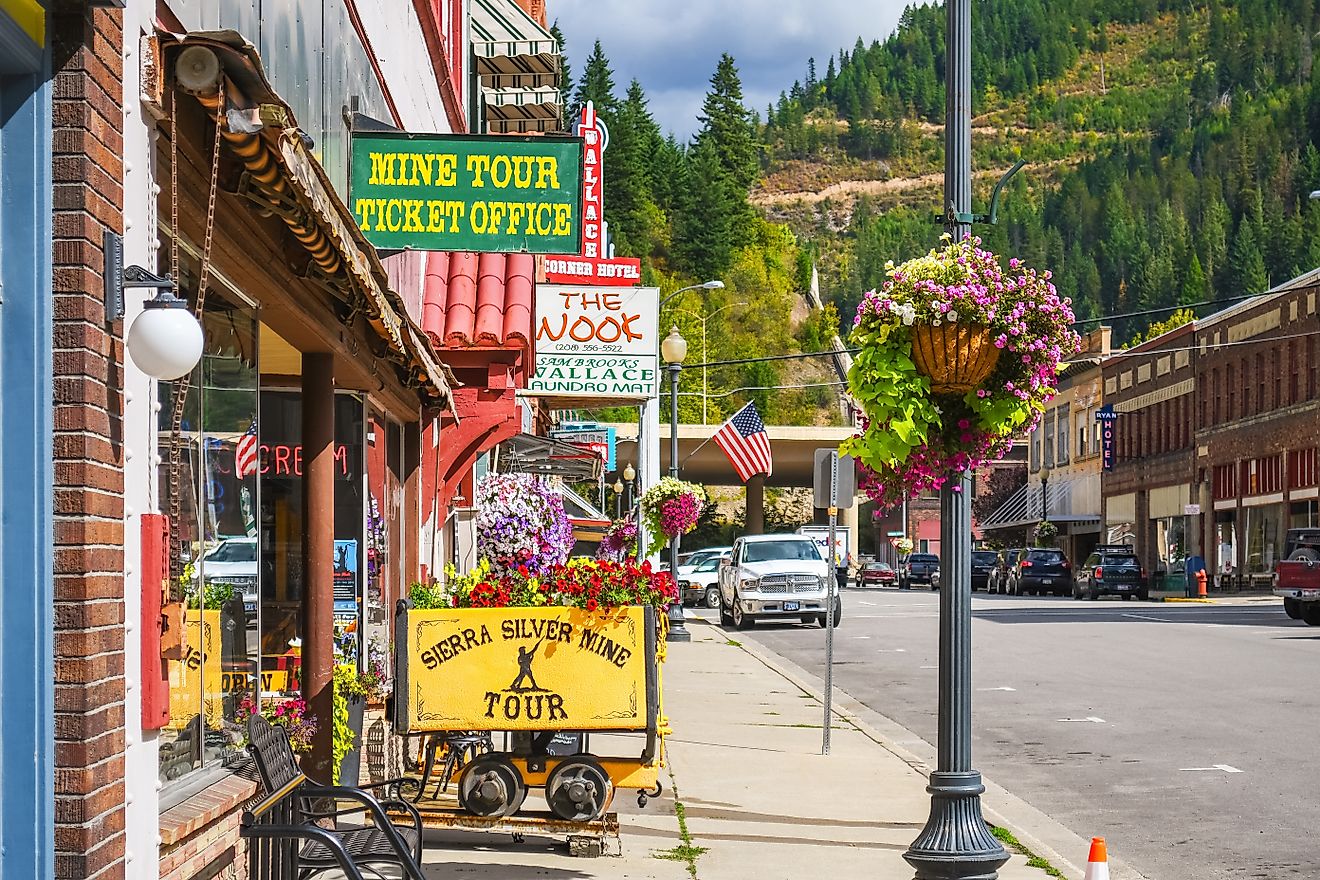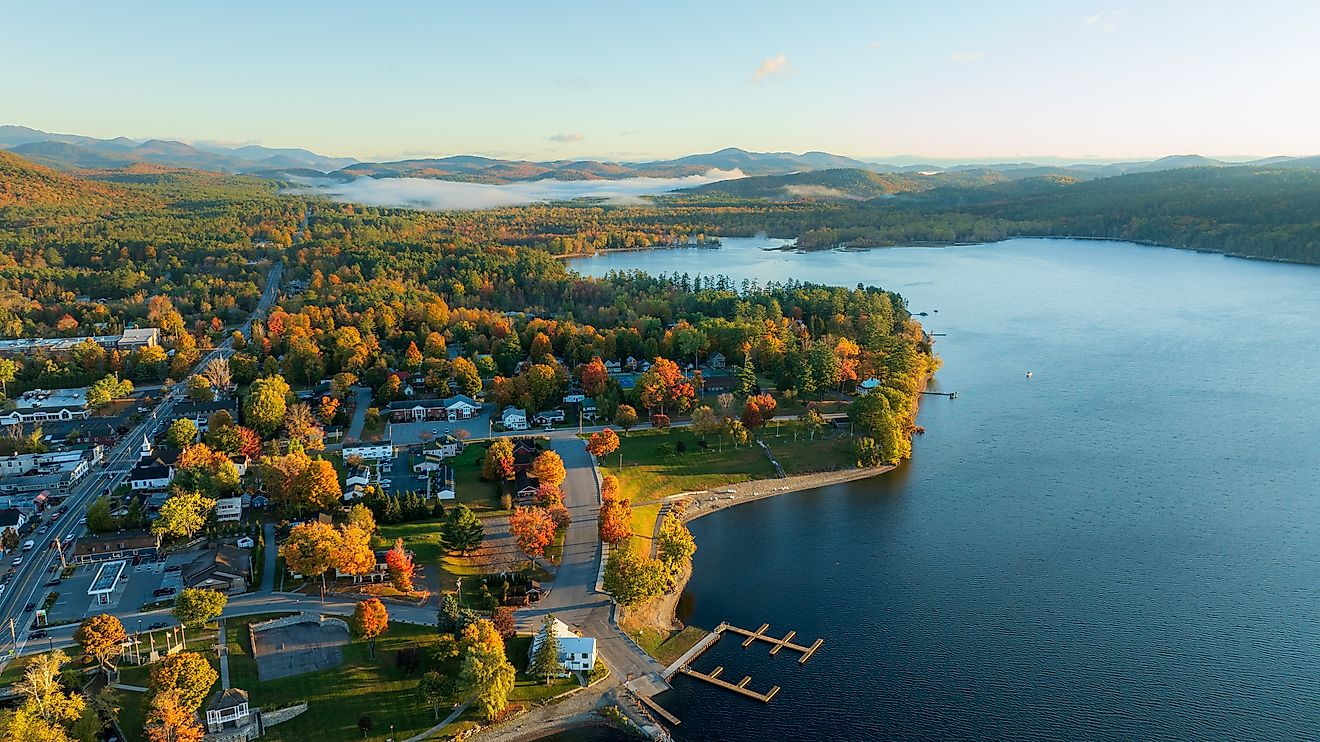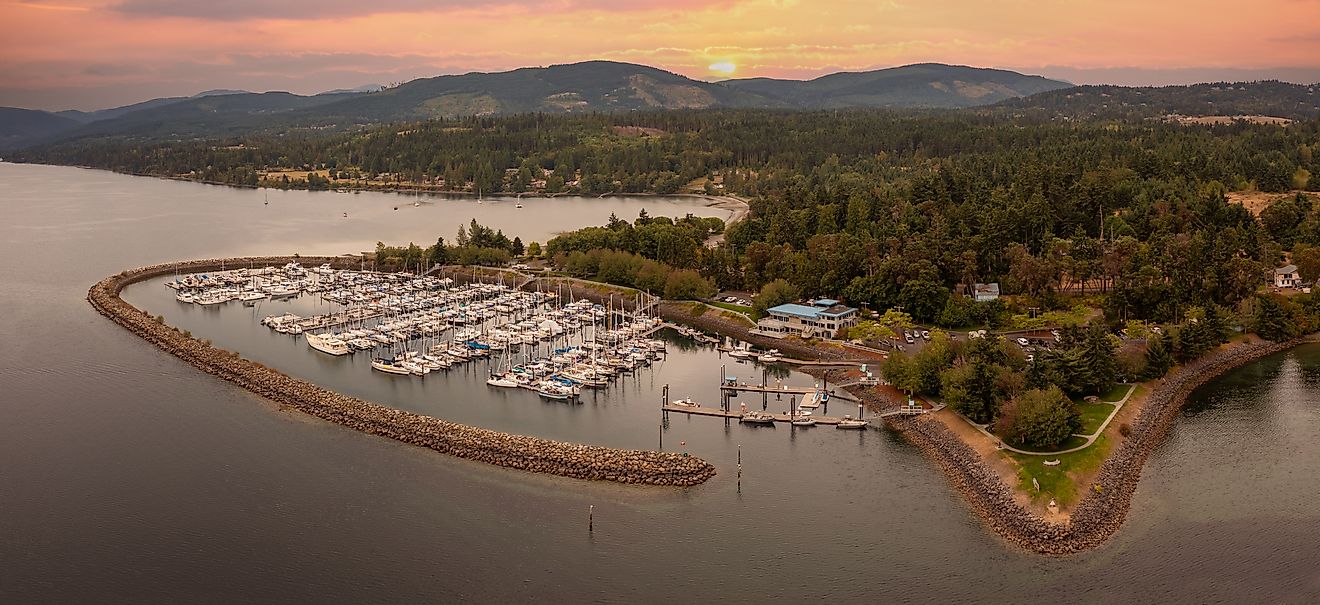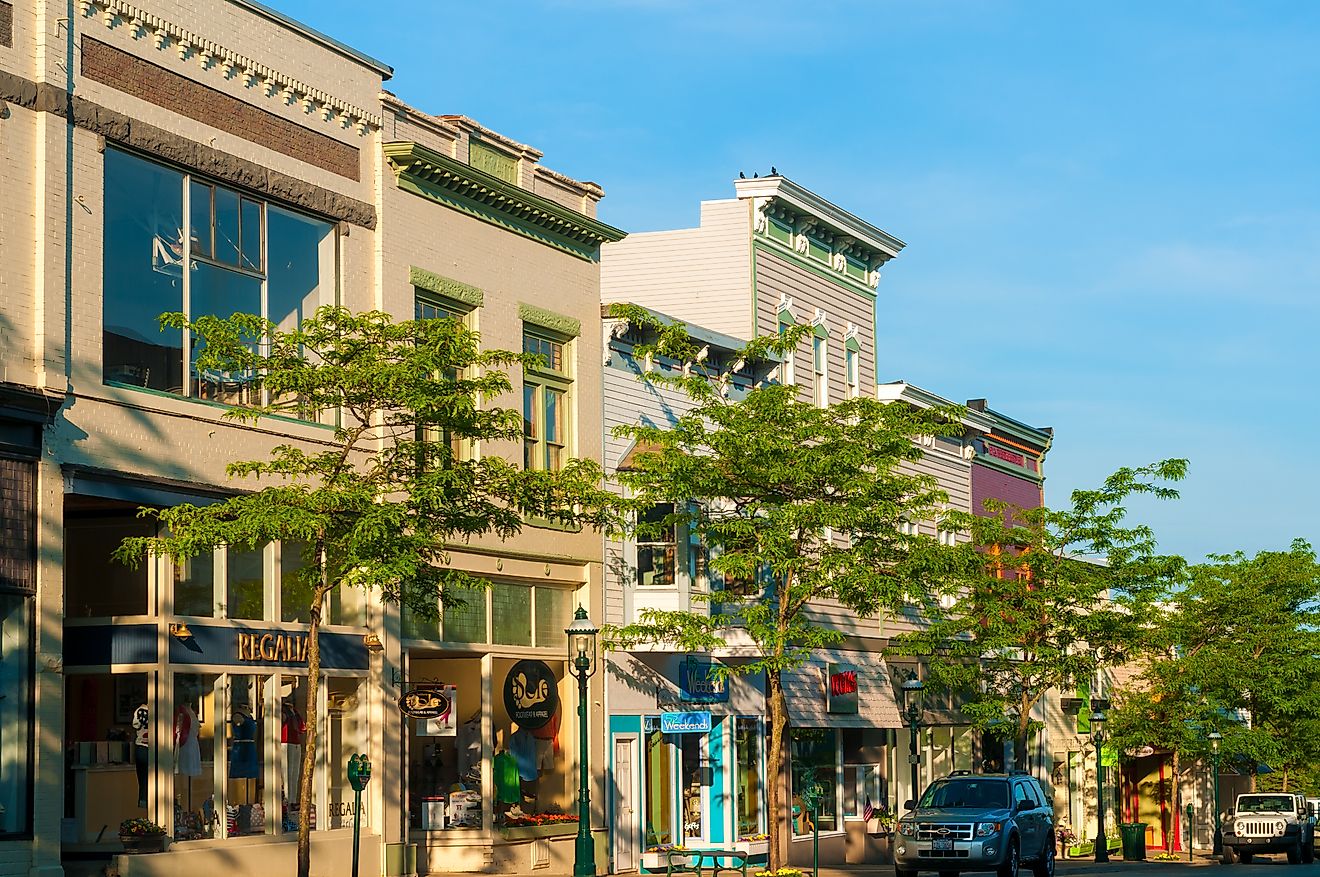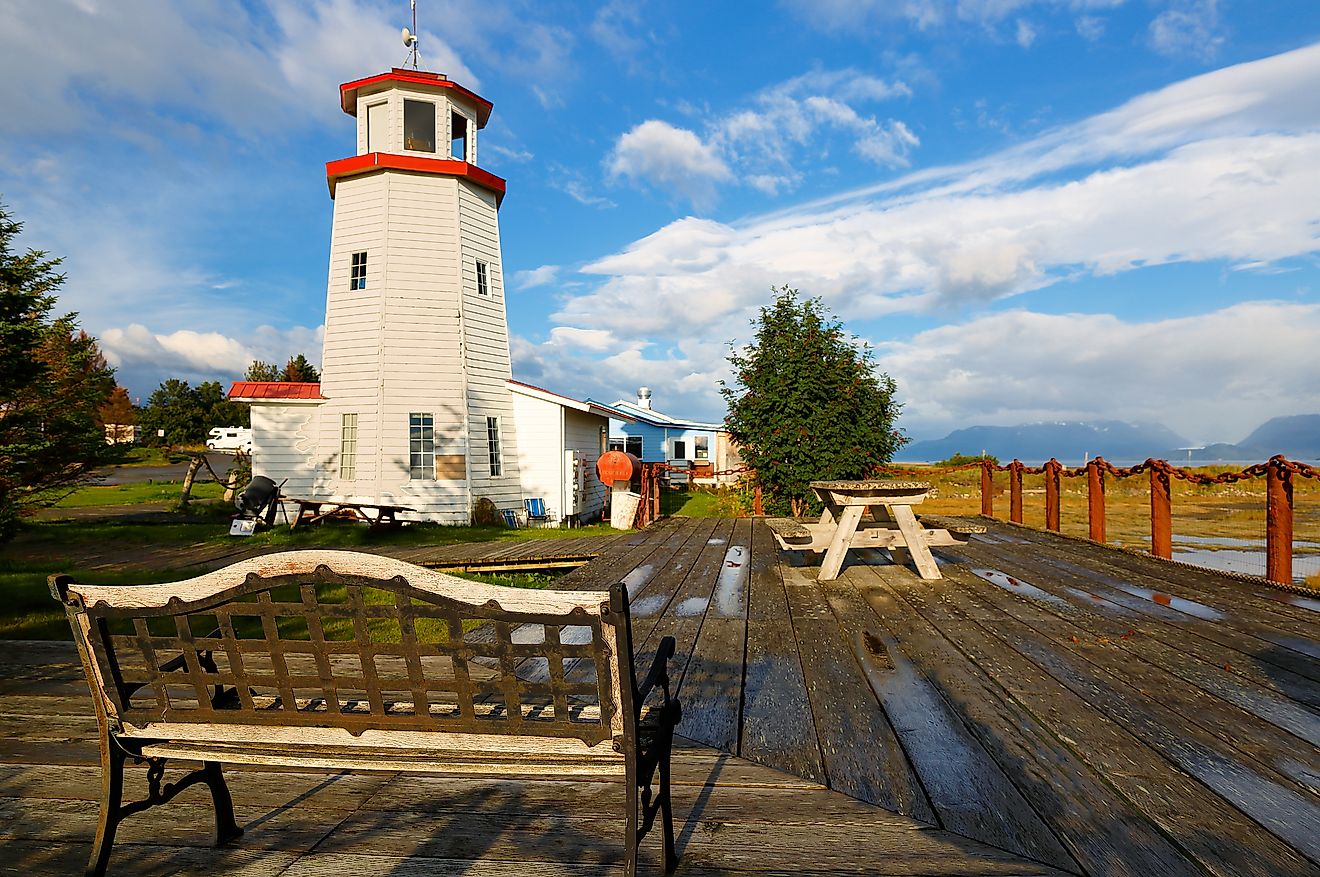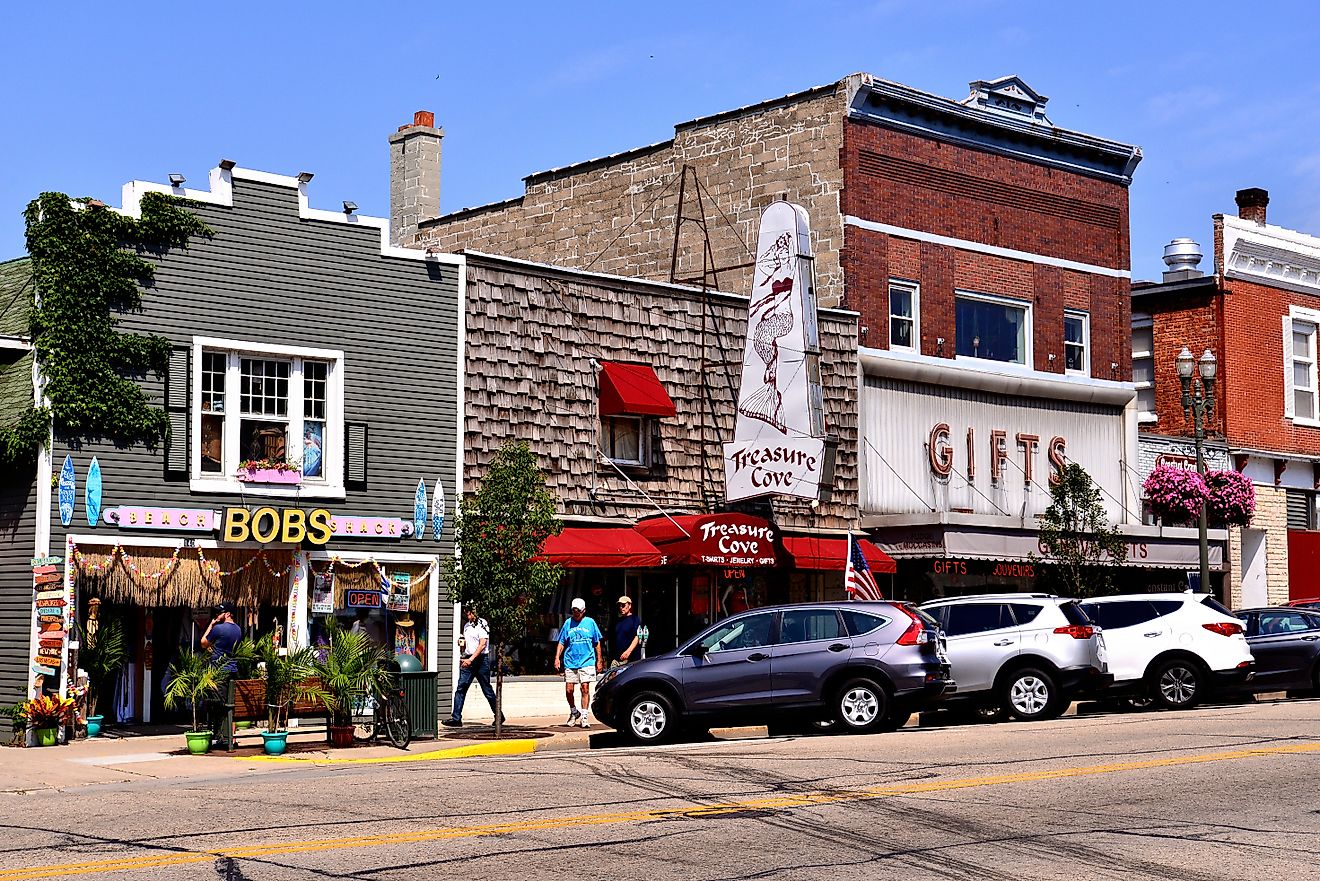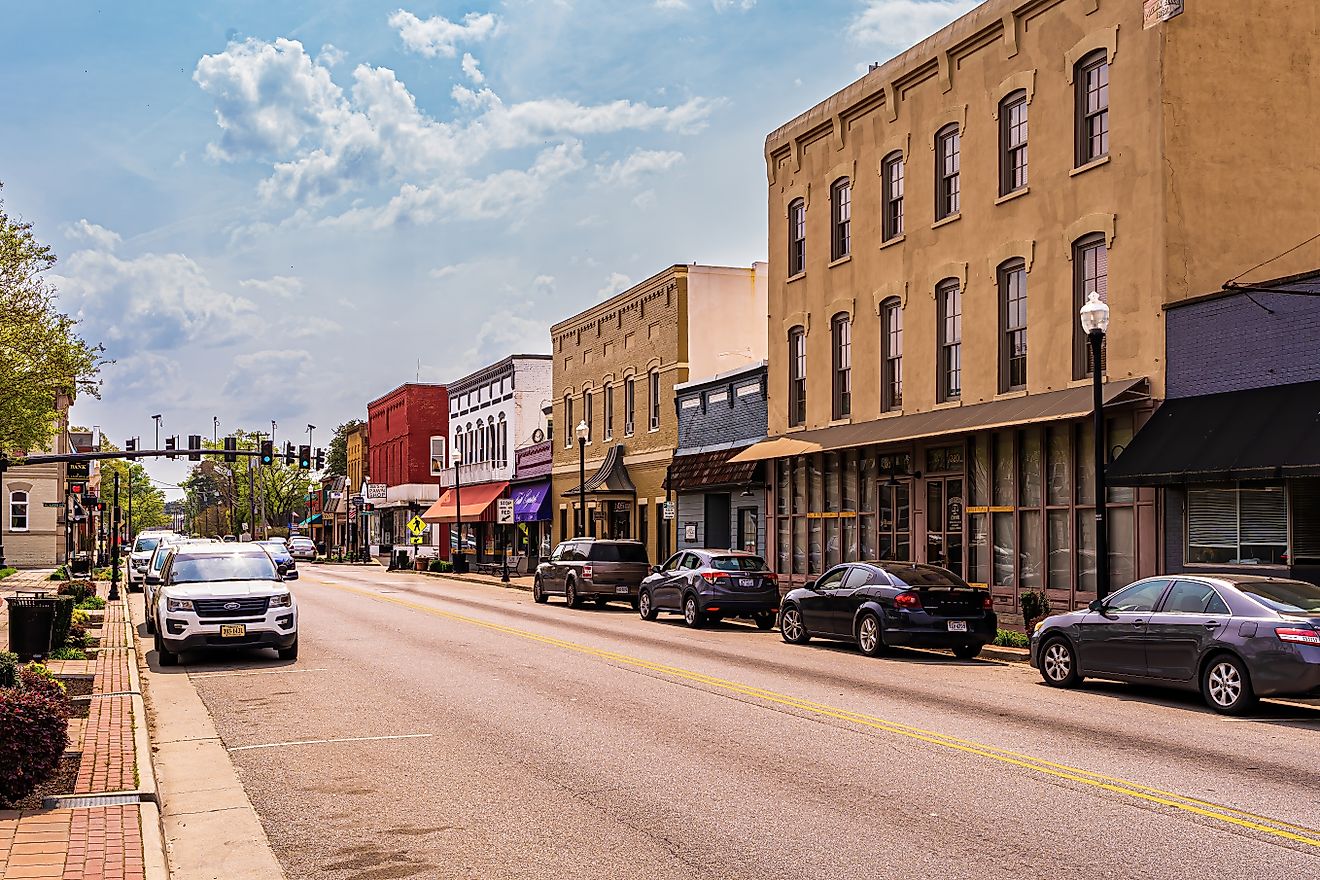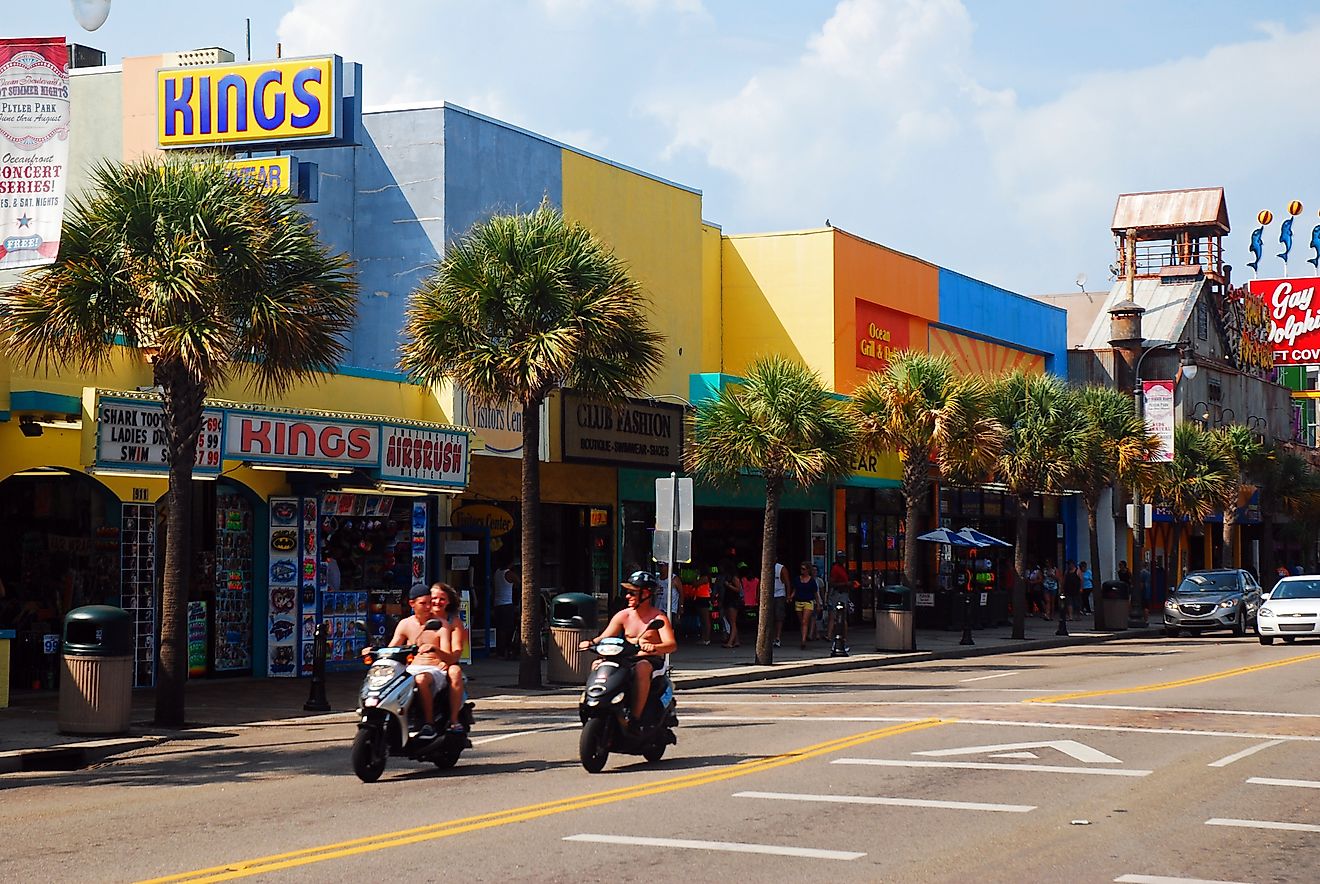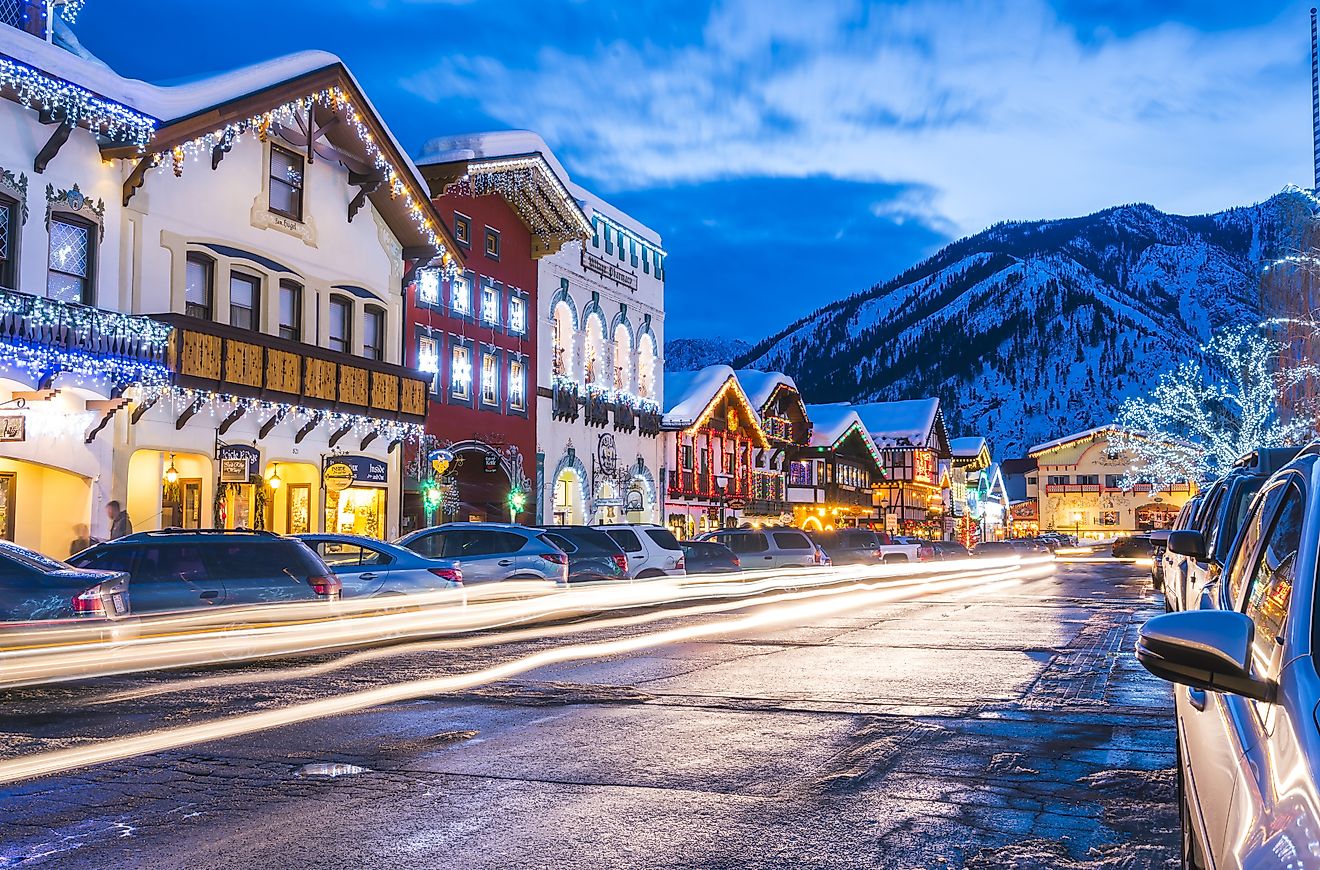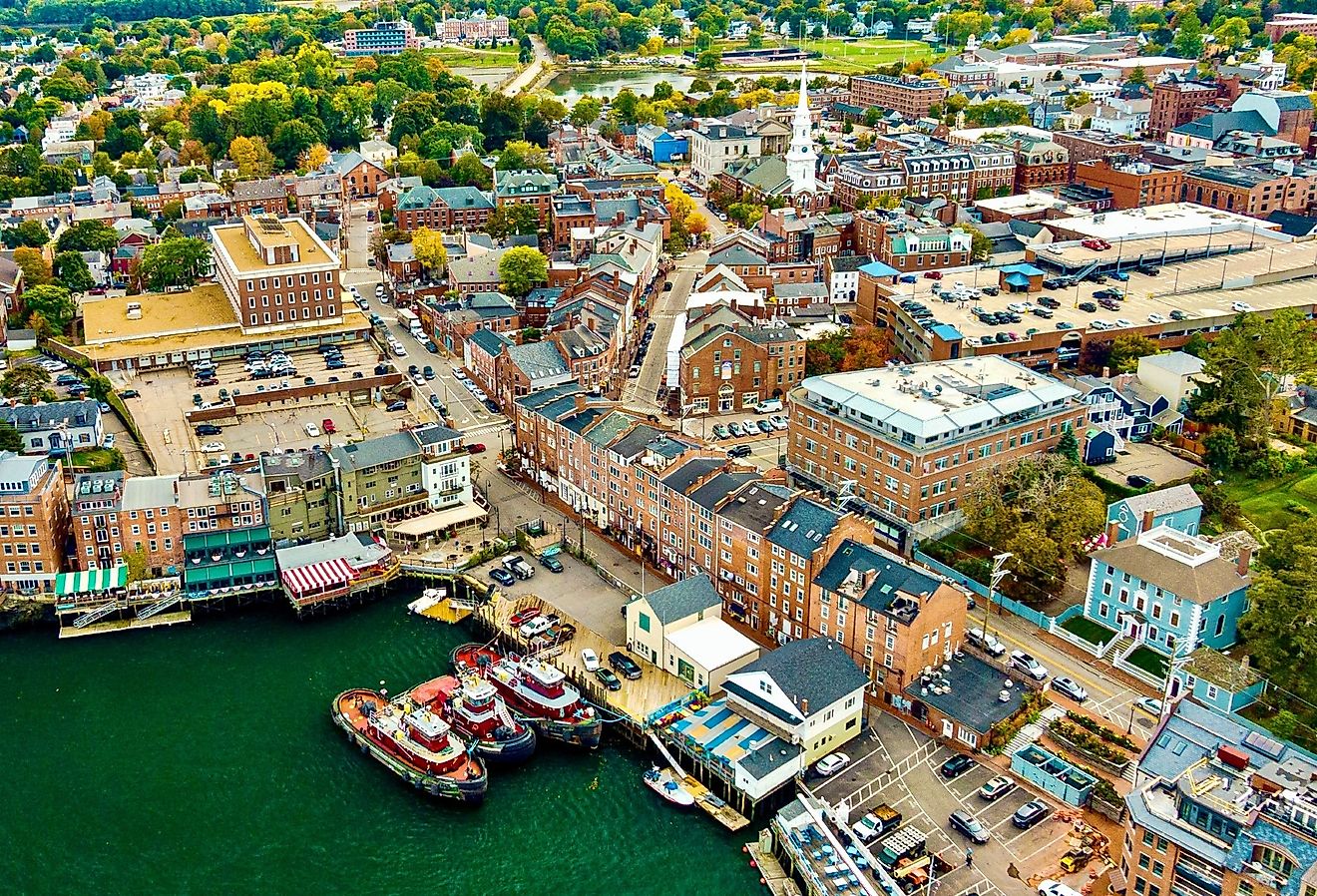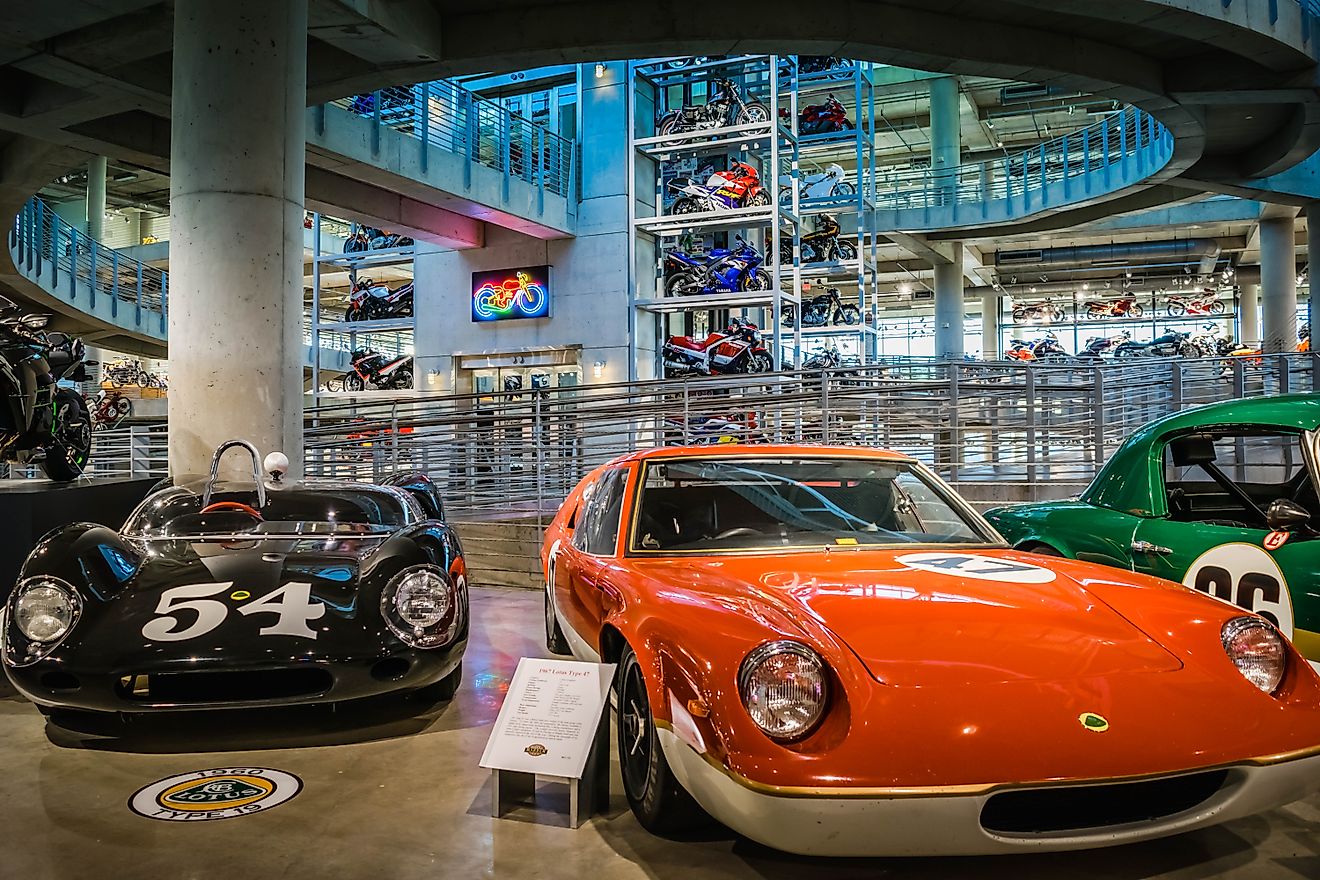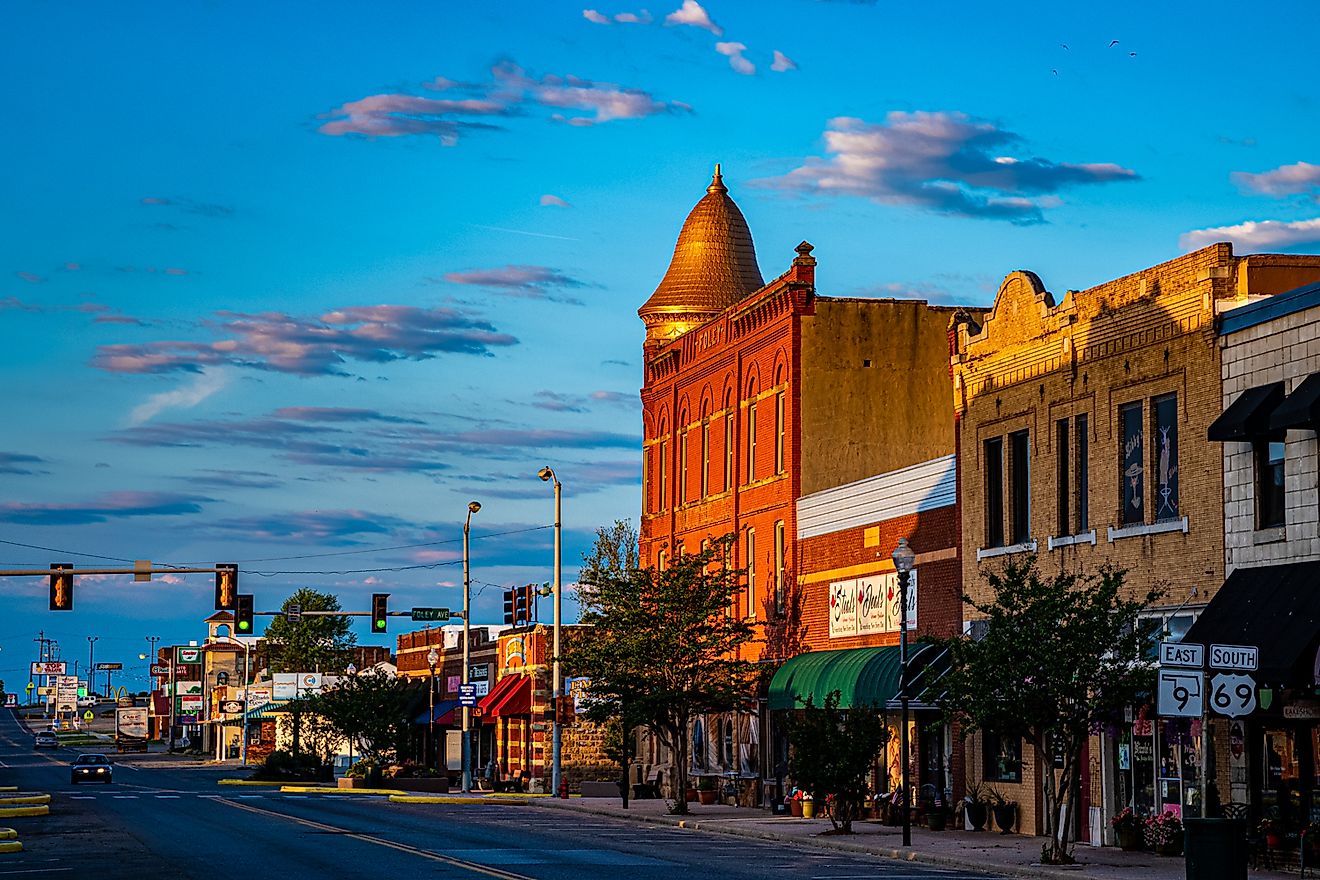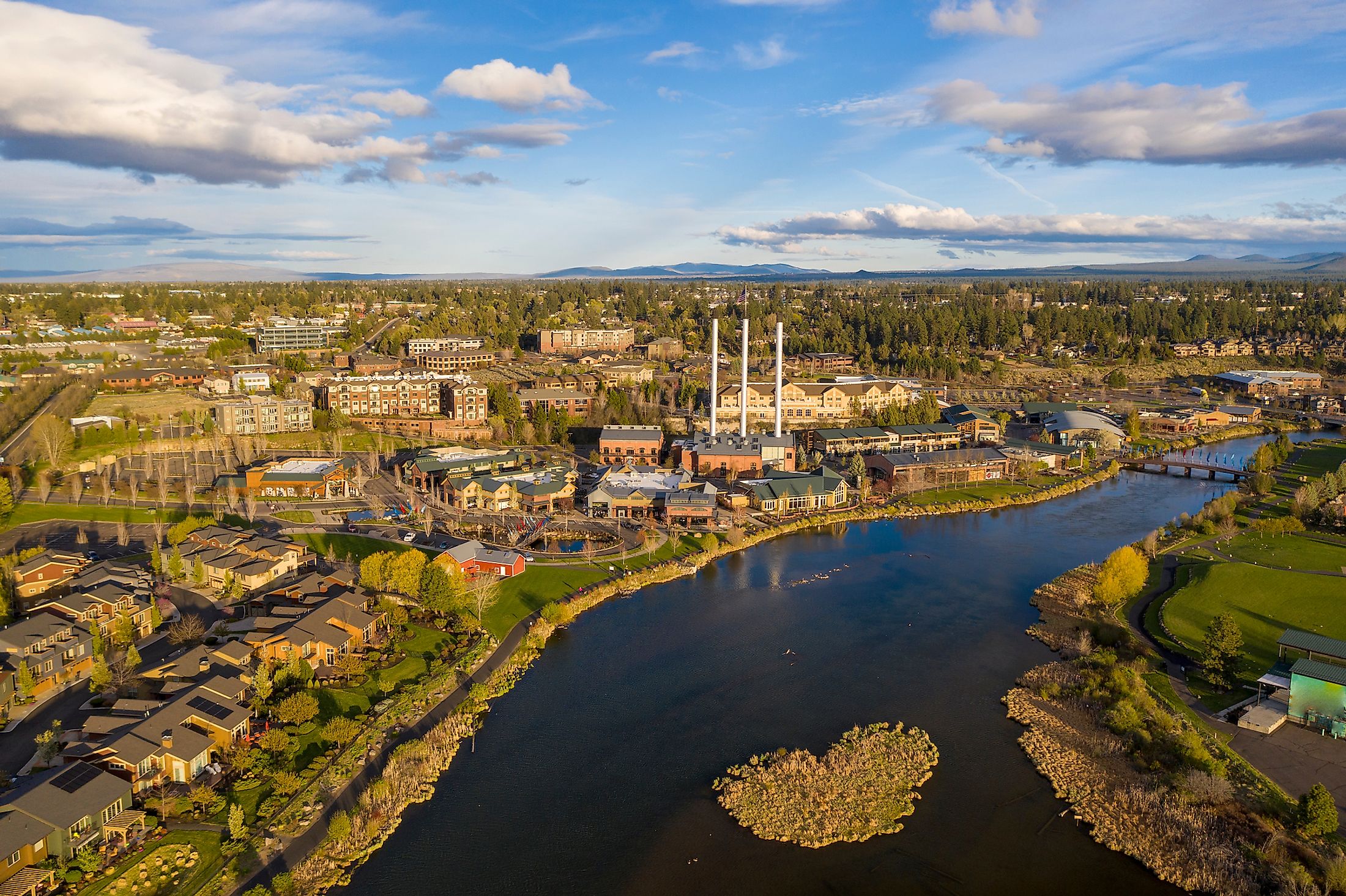
Bend, Oregon
Bend is a city in the US state of Oregon. It was founded in the early 20th century and was originally a lumber town. However, by the late 20th century, the city’s economy became focused on tourism. Its riverside location and proximity to the Cascade Mountains have made Bend a popular destination for outdoor enthusiasts. Today, visitors to Bend can participate in many outdoor activities both in and around the city. In addition to being a prime destination for the outdoorsy type, Bend also has its fair share of historical attractions, including several important historic buildings and districts.
Geography Of Bend
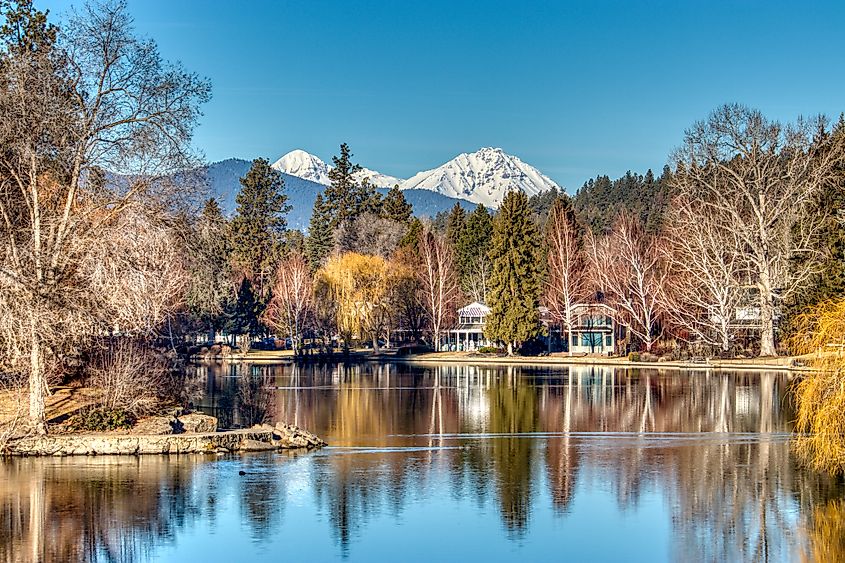
Bend is located in Central Oregon, on the eastern edge of the Cascade Mountain Range. The Deschutes River bisects the city into eastern and western sections. This river is dammed close to the city center to form Mirror Pond. There are also a series of canals that run through Bend. Bordering Bend to the south is the town of Deschutes River Woods.
Further south is the Newberry National Volcanic Monument. The Riley Ranch Nature Reserve borders the city to the north. Tumalo State Park is also located not too far north of Bend. The closest locale east of Bend is the unincorporated community of Alfalfa, while the small communities of Tetherow and Seven Mountain border the city to the west. Bend has the distinction of being one of only three cities in the continental United States to have an extinct volcano within its city limits (Portland, Oregon, and Jacksonville, Mississippi are the other two).
Population Of Bend
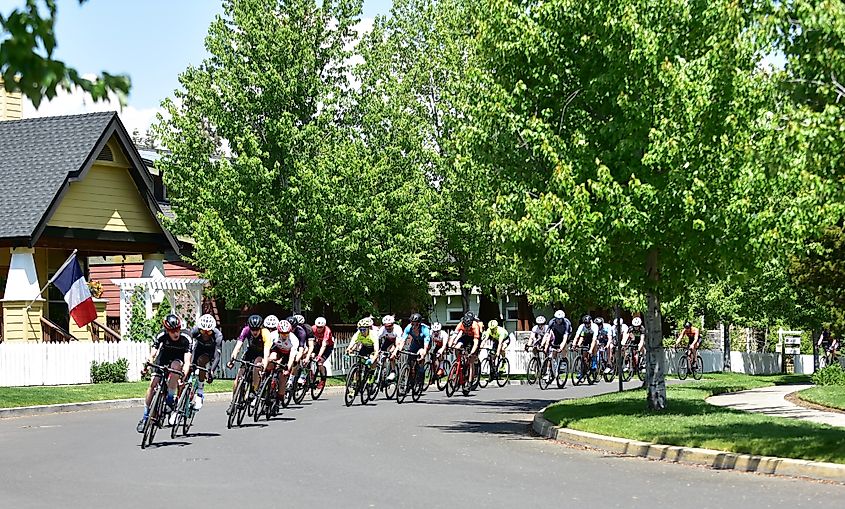
As of 2020, Bend, Oregon, had a total population of 106,023, making it the 6th largest city in Oregon. More than 92% of the city’s population is white, of which 85.5% are non-Hispanic, and 7.03% are Hispanic. People of mixed racial heritage constitute 2.53% of Bend’s residents, while Asians comprise 1.69%, and Other Hispanics 1.09%. Almost 92% of Bend residents speak only English. Spanish is spoken by 5.7% of the city’s population. Just under 95% of the city’s residents were born in the United States, while 37.38% were born in the city itself.
Economy Of Bend
The average household income in Bend is $88,880, and the city has a poverty rate of 10.32%. As of 2014, the biggest employers in the city were St. Charles Medical Center, Les Schwab Tire Centers, the Sunriver Resort, Mt. Bachelor, and the Bright Wood Corporation. The largest economic sectors in Bend (in terms of the number of employees) are healthcare & social assistance, retail trade, and professional, scientific, & technical services.
History Of Bend
The city of Bend, Oregon, was originally inhabited by Native Americans who hunted and fished there. The first white people to visit the area were fur-trappers, who arrived in the 1820s and 1830s. Gold prospectors are also thought to have traversed the area in the mid-19th century. Towards the latter part of the 19th century, pioneer stockmen came to the area to take advantage of the green meadows of the upper Deschutes country. In 1877, a man named John Y. Todd purchased a ranch known as “Farewell Bend” that had been relinquished by its previous owner. The name “Farewell Bend” was adopted for the ranch because it was there that travelers got their last view of the bending Deschutes River.
However, the city of Bend itself did not come into being until 1900, when an entrepreneur from the Midwest named Alexander D. Drake heard of irrigation possibilities in the upper Deschutes country. Thus, he founded a development company that built the city’s first structure in the form of a lodge. The new city of Bend was incorporated four years later. It was called Bend after the name Farewell Bend was chosen, among other suggestions including “Staats” and “Pilot Butte.” However, the US Post Office decided that the name Farewell Bend was too long and thus shortened it to Bend. Upon being incorporated, the city had a population of 500 residents.
The original mainstay of the economy in Bend was lumber. The city’s growth was hampered by its isolation since, at the dawn of the 20th century, Central Oregon was the largest US region without a railway. In 1911, however, a rail line was finally built, and the city of Bend boomed. By 1915, two large lumber companies, Shevlin-Hixon and Brooks-Scanlon, had established mills south of the city’s downtown area, and by the mid-1920s, the combined lumber capacity of both mills was among the largest in the world. Lumber would remain the primary economic sector in Bend until the 1980s when the Brooks-Scanlon Lumber Company sold its timber interests. From this point on, tourism became the main industry in Bend and the surrounding areas.
Attractions In And Around Bend
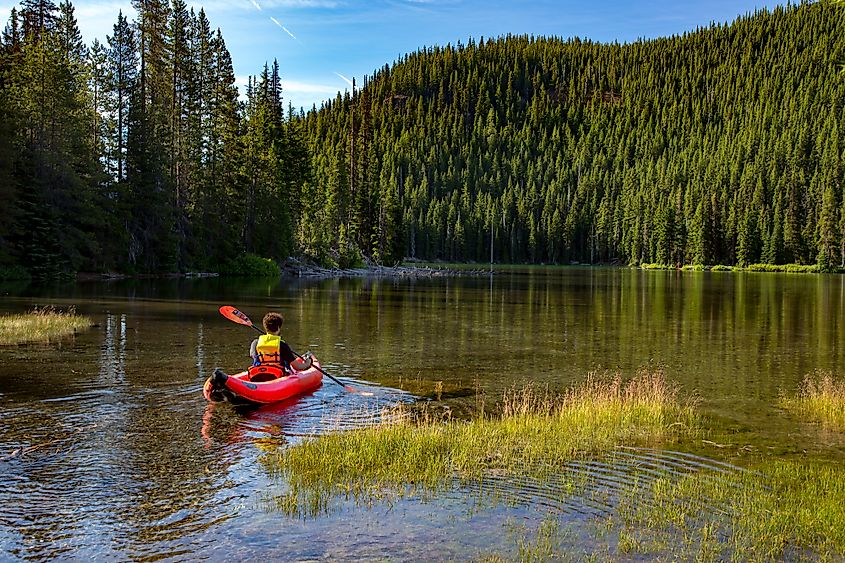
Bend and the surrounding area boast several historic attractions. Several sites in Bend are listed on the National Register of Historic Places and Historic Districts. The city’s designated Historic Districts are known as the Drake Park Neighborhood and Old Town, both of which are located in downtown Bend. Some individual Historic Places include the Charles Boyd Homestead Group, the Downing Building, the O’Kane Building, and Trinity Episcopal Church. The city of Bend also hosts two museums, the Deschutes Historic Museum and the High Desert Museum.
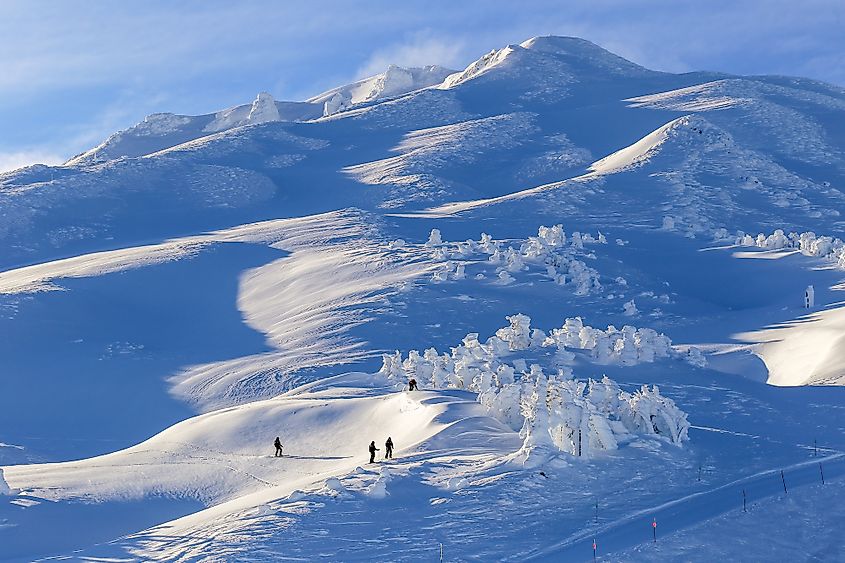
Bend is best known, however, as a destination for people looking for outdoor fun. Many outdoor activities are available for visitors to the city, regardless of the season. For example, during the winter, skiers and snowboarders enjoy hitting the slopes on Mt. Bachelor, which is just 22 miles from Bend and has 4,300 acres of lift-accessible terrain. Bend Metro Parks & Recreation maintains 51 miles of in-town trails for avid runners. In fact, Bend was once named “America’s Best Trail Running Town” by the editors of Outside magazine. Bend’s location on the Deschutes River and its proximity to the lakes of the Cascade Mountains also make it a prime location for activities on the water, including white water rafting, canoeing, paddle boarding, boating, and fishing. Other popular outdoor activities in Bend and its vicinity include golf, horseback riding, ice skating, motorsports, rock climbing, sledding, snowshoeing, snowmobiling, and caving.
